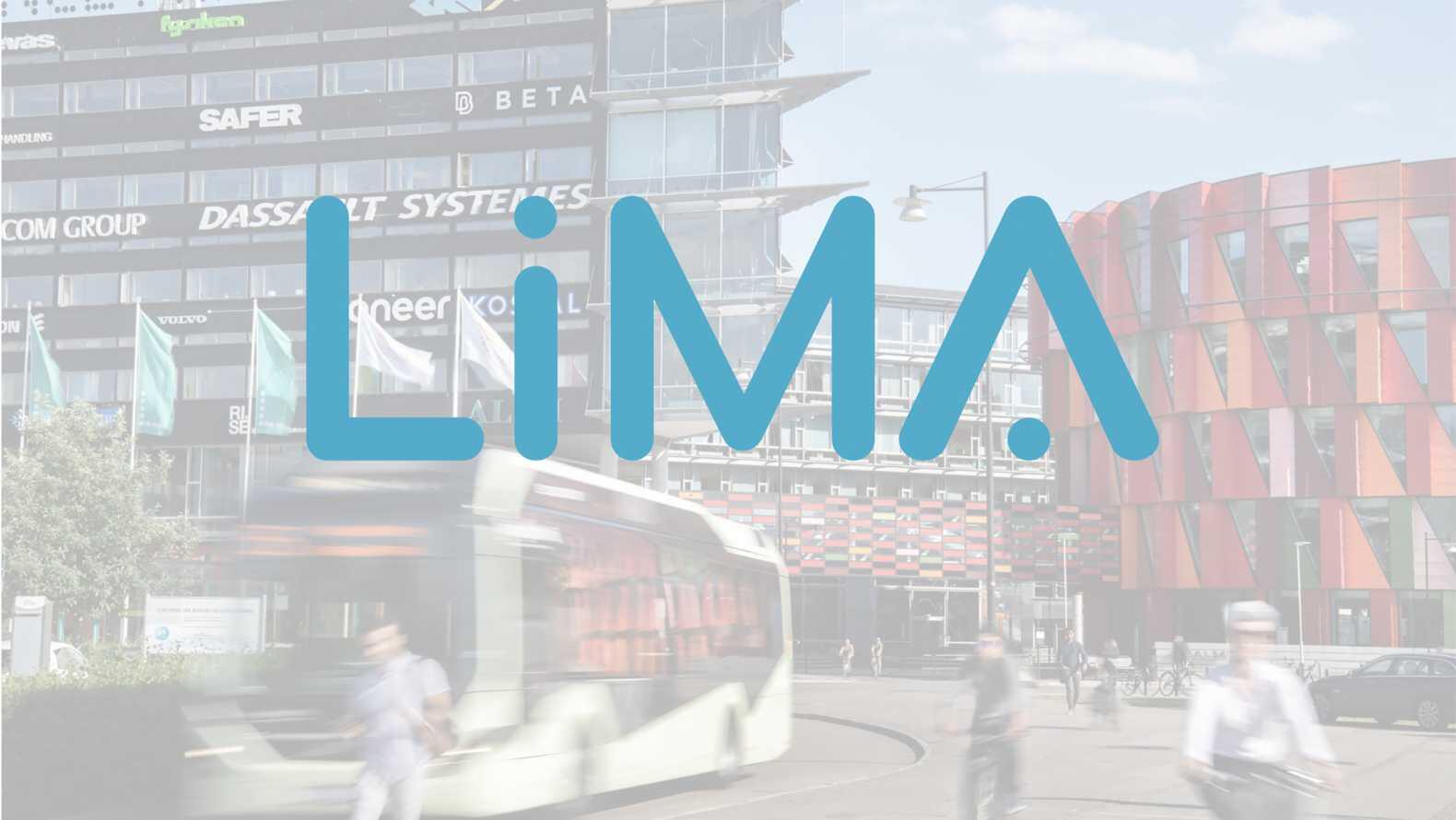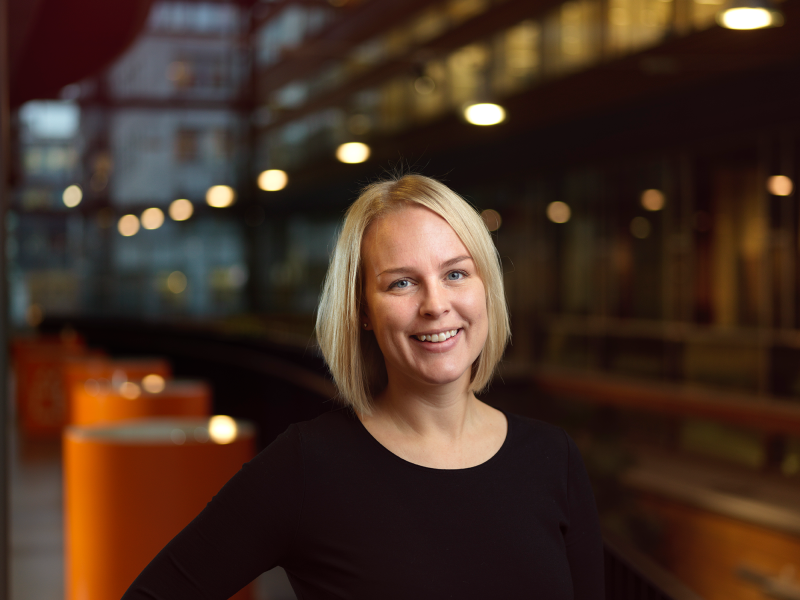LIMA - Lindholmen Integrated Mobility Arena
The LIMA project, which has investigated how combined and shared transport solutions can contribute to more sustainable travel, has reached the finish line. During the three years that the project has been running, important lessons have been learned through the work with the MaaS solution that was developed and tested in a pilot. Take part of key takeaways and recommendations here.
How the service worked
LIMA for the employer
About the LIMA project

Drive Sweden's LIMA project was started in 2018. Within the project, 19 partners have developed a MaaS solution (Mobility as a Service) where a digital service has offered several travel alternatives. The project has also analyzed movement patterns on Lindholmen in Gothenburg and based on them designed and positioned several mobility hubs, where they gathered several of the options in one place to make it easier for travelers to both change and find travel methods. This and additional functions, such as a simple solution to decide whether your employer or yourself should pay for the trip, were launched in 2020 in a major pilot for employees of companies on Lindholmen.
During the pilot, the test users gained access to public transport, taxis, electric car pool, car sharing service, parking options and a real-time map where it was possible to find information about several of the services. During the year the pilot was active, the corona pandemic had a major impact on society, which reduced travel. The project has nevertheless been able to collect valuable data and draw conclusions that can provide important input for new investments in shared and combined transport solutions. Among other things, user needs have been identified, as well as challenges regarding which actors should be responsible for vital parts of MaaS services.
Results and recommendations
- For MaaS to become a sustainable alternative, public transport needs to be a backbone of the system. Today, however, it is not possible for private actors to resell public transport tickets. In Sweden, public transport companies have not taken on the role of MaaS suppliers either. This means a lock that needs to be addressed. It is proposed that this be done by giving the Swedish public transport authorities directives to include in their assignment the development of shared mobility and MaaS in order to meet the societal interest in reducing the negative environmental and climate impact of transport. At the same time, the opportunity should be opened up for private actors to resell public services such as public transport and loan bicycles in their commercial offers.
- Today, the opportunities for shared mobility and MaaS are limited by legislation. Among other things, the Rental Car Act means that car sharing is largely limited to companies, tax rules make it difficult for both companies and private individuals to share cars and cumbersome declaration procedures discourage private individuals from starting to share their cars. Legislation and tax rules in these cases in practice prevent the development of shared mobility and need to be adapted in a transition to a more resource-efficient society. New standards are also important. Just as it is only natural that a car today is equipped with a seat belt and airbags, it should in the near future be a matter of course that a car is equipped with a digital key that can be used for easy sharing of its car.
- Both from users of the LIMA service and from the participating companies, we can state that there is a perceived need for a service like LIMA, that combined mobility can lead to reduced environmental impact, easier control of employees' travel and more efficient administration of travel. Gathering and simplifying access to shared mobility services is considered attractive, but it is mainly people who already have multimodal, collective and active mobility patterns that have been attracted by LIMA. In order for the service to be more attractive, it is important to gather more modes of transport and include easy-to-use travel planning.
- It is employees from companies on Lindholmen who have been the focus in testing and evaluation of the LIMA service, but during the project, the strongest interest in the service has been expressed by property developers in urban environments. Their motive is to replace parking spaces in new construction areas with mobility services. Although it is property developers who have the interest, it is mainly driven by municipalities' guidelines for parking spaces when developing new urban areas. At present, we therefore see that it is primarily a public actor, the municipality, that makes demands on alternatives to the private car.
Hear takeaways from the project from Ericsson, RISE and IUS Innovation (in Swedish):
So how does MaaS work? Find out here:
MaaS
The idea with MaaS is to offer a combination of different shared mobility services that together can replace the private car to a greater extent. For this to succeed, attractive shared mobility services such as public transport, shared emission-free cars and micro-mobility are needed. It is also important that the shared services complement each other and are easily accessible to users. Properly utilized, MaaS solutions can contribute to reduced traffic congestion and increased opportunities for travelers to choose more sustainable alternatives.
Contact



